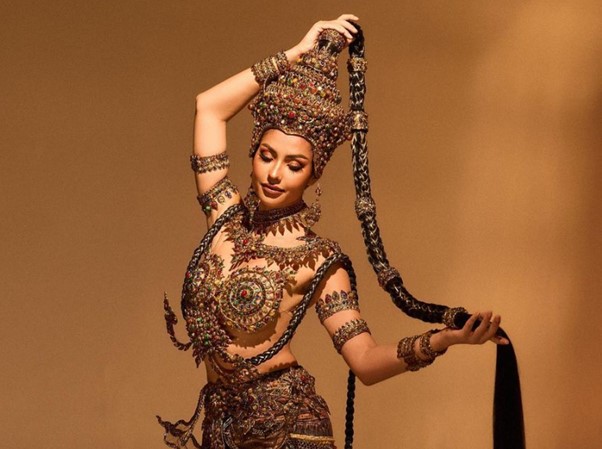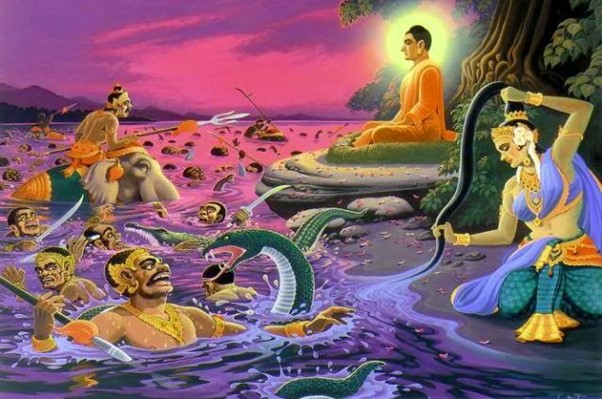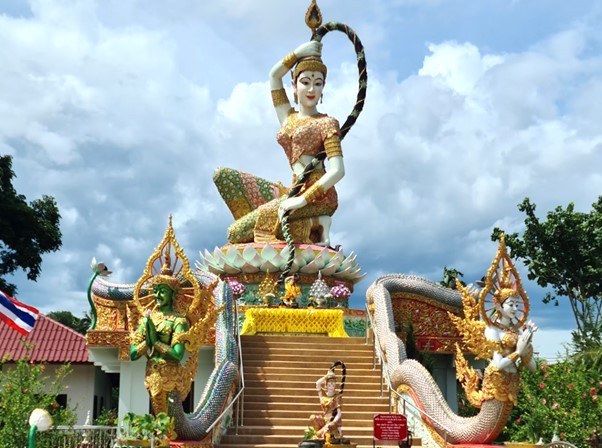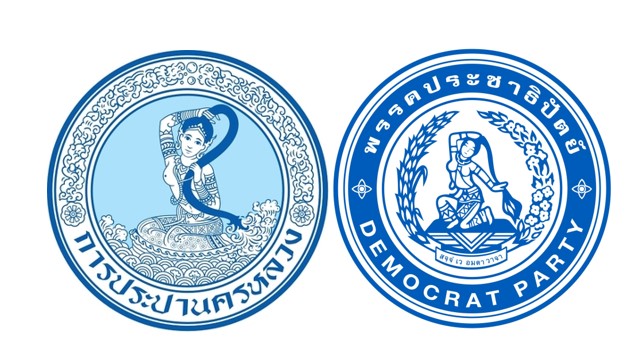The word Phra in Thai is often used to address monks or as a title for divine beings, Mae translates to mother and Thorani means earth. Phra Mae Thorani is what Thai people refer to as Mother Earth or the Earth Goddess, a symbol of abundance and purity. Like many other significant figures in Thailand, her story has Buddhist origins.
According to the legend, as the Buddha was meditating and nearing his enlightenment under the Bodhi tree (a large fig tree), Phaya Marn, also known as Mara – the devil who constantly found ways to prevent the Buddha from succeeding, caught wind of this news. Filled with hatred and jealousy, he assembled an army of other devils, images of temptations and wild animals to instil fear and interrupt the Buddha’s efforts. Facing the Phaya Marn, the Buddha states that with all his good deeds he has the right to meditate peacefully on his throne. With great objection, the Phaya Marn asks the Buddha to present a witness to validate his claims.
With his right index finger stretched, the Buddha slowly touched the ground and called upon Phra Mae Thorani (named Vasundhara) as his witness. She rose from the earth, appearing in a beautiful form and declared that she knows of his great deeds – from all his past lives to the present. Telling Phaya Marn that she will be witness for the Buddha, she unravels her long hair from a bun and starts to twist it. The water from her hair, an accumulation of all the Buddha’s donative water flowed like a great river, creating a flood that washed Phaya Marn and his army far far away, allowing the Buddha to continue his journey to enlightenment.
Phra Mae Thorani twisting her hair creating a flood that washed Phaya Marn and his army away. (Image source unknown)





